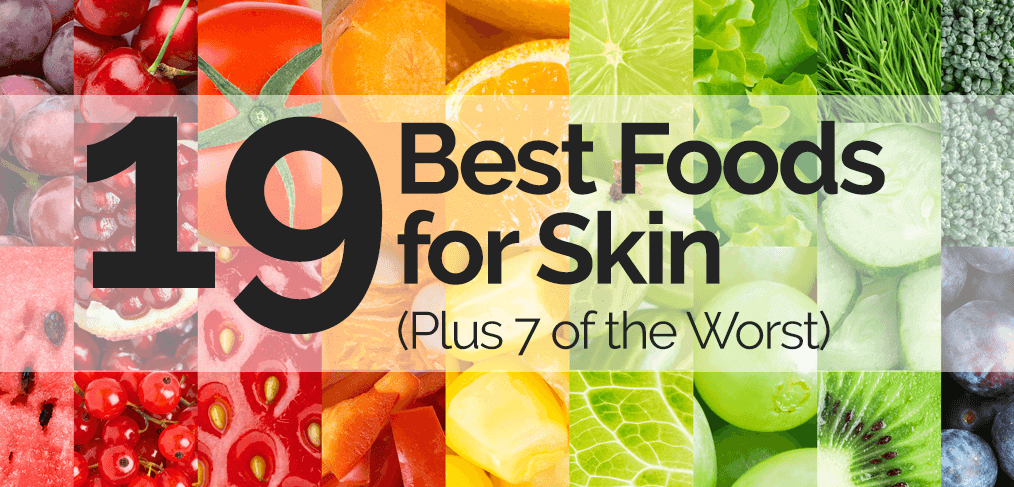Are you looking for a quick, easy way to improve your skin health?
The answer might be as close as your spice cabinet.
Spices go beyond adding flavor to your food; some have medicinal properties that naturally heal and rejuvenate your skin. These same spices, more often than not, are potent digestive aids and antioxidants that can help you fight oxidative stress and heal your gut. Many even contain high levels of anti-inflammatory agents and nutrients that will have your skin looking great..
So today, I want to tell you how seven natural ingredients can give your beauty routine a boost. Use the best spices for skin and get glowing!
1. Cinnamon to achieve a natural rosy flush
How to use it: Start by making a simple lip polish at home. Add a pinch of cinnamon to the mixture, as it is excellent for stimulating blood flow and giving your lips a natural rosy tint. Use a baby toothbrush and apply the cinnamon-infused polish onto its bristles.
Gently rub the brush over your lips in a circular motion, allowing the mix to exfoliate and color your lips. Don’t forget to rinse your lips with water after the application. Finish by using a moisturizer or lip balm to nourish and hydrate your lips to keep them soft and supple.
2. Fennel for irritation and redness
This root, with its slight licorice flavor, is especially good for sensitive skin; it decreases redness and irritation and can help minimize sensitivity caused by sun exposure. Fennel is one of the great spices for glowing skin and is fairly easy to integrate into your daily life.
How to use it: Soak 1/2 teaspoon of fennel seeds in 1 cup of purified water and use it to spritz your face and neck to cool your skin.
3. Cumin to fight premature aging
How to use it: Create a powerful skin toner by mixing equal parts of cumin seed oil and apple cider vinegar – two renowned spices good for the skin. Let this potent blend gel together, forming a harmonious mixture. Once ready, apply it gently to your skin. This toner is not just a simple mixture as it’s rich in skin-loving properties. It works wonders in treating common skin concerns like boils, pimples, and acne. Experience the transformative power of nature’s own skin solutions!
4. Chamomile, a natural calming herb
How to use it: Discover the magic of herbs for skincare by embracing the simplicity of using chamomile – one of the most effective herbs that are good for your skin. You first need to purchase high-quality chamomile tea and steep it in boiling water for a few minutes to release its full potential. Savor a cup of the brew and start regularly drinking this tea to get its full plethora of anti-inflammatory benefits.
5. Nutmeg, a natural antiseptic
Elevate your vegetable dishes by sprinkling a bit of nutmeg as it enriches not just the flavor of most vegetables but also improves your skin health. Perfectly complement sweet potatoes, carrots, pumpkin, winter squashes, cabbage, cauliflower, and spinach with a dash of nutmeg. It’s a simple yet effective way to integrate spices good for the skin into your everyday meals. This is one of the best spices for skin.
6. Ginger for radiant and refreshed skin
Kickstart your day with a ginger and lemon tonic water. Grate ¼ teaspoon of whole ginger into a mug. Pour warm water over the freshly grated ginger and allow the essence to infuse for a few minutes. Let the mixture steep for 10 minutes in order to maximize the ginger’s benefits. Enhance the tonic by adding the juice of a fresh organic lemon, which is known for its skin-friendly vitamins and antioxidants.
7. Curcumin (Turmeric)
Although it sounds similar to cumin, curcumin is completely different. Curcumin (Turmeric) is one of the most well-researched herbs on the planet. You can consider it the granddaddy of anti-inflammatory spices. Its effects are so powerful that it may also help with joint pain.
How to use it: Get more curcumin in your diet. One way is with my tea recipe. Experiment with the ingredients and flavorings until you find a combination that suits your taste.
Another way is to experiment by sprinkling a little on your food. Veggies and meat are all delicious with a little curcumin added.
There are literally hundreds of different spices available with amazing skin benefits. What is your favorite skin spice and why? Please share with me; I would love to know!












Reader Interactions
Curcumin is not a spice – it is a component of the spice turmeric.
Thanks for clarifying that. That’s what I thought, too. It would have been confusing if someone went looking for curcumin, which only comes in supplement form, when they should be looking for turmeric! :))
Thanks for the clarification Tanya. They’re often used interchangeably but technically turmeric is the spice that you use for cooking. Curcumin is what you often find in supplements for it’s superb anti-inflammatory and healing attributes.
You’re welcome. It is a common mistake to use them interchangeably. Curcumin is an isolated component of turmeric. Best!
It came from a spice so who cares. Thanks Doc for all the good natural tips!
Someone who wanted to look for it and use it might care! 🙂 it would have been a little confusing for someone who didn’t know that curcumin itself isn’t the spice, but that the turmeric, of whic it is a component of, is! :))
I agree that it could be confusing. I will make a change in the blog.
<3!! How kind and wonderful of you! And what a wonderful, useful and informative list of spices! Thank you, so much!
:))
You’re very welcome Tim 🙂
I love nutmeg but find it gives me heartburn ….is this possible?.